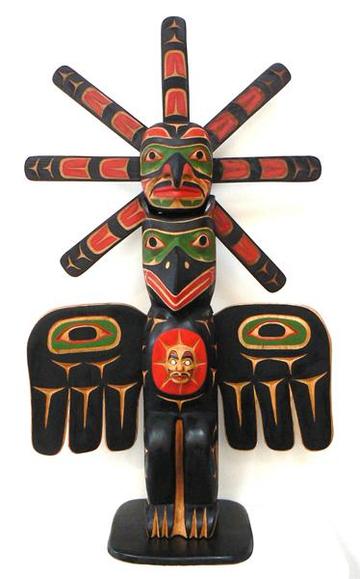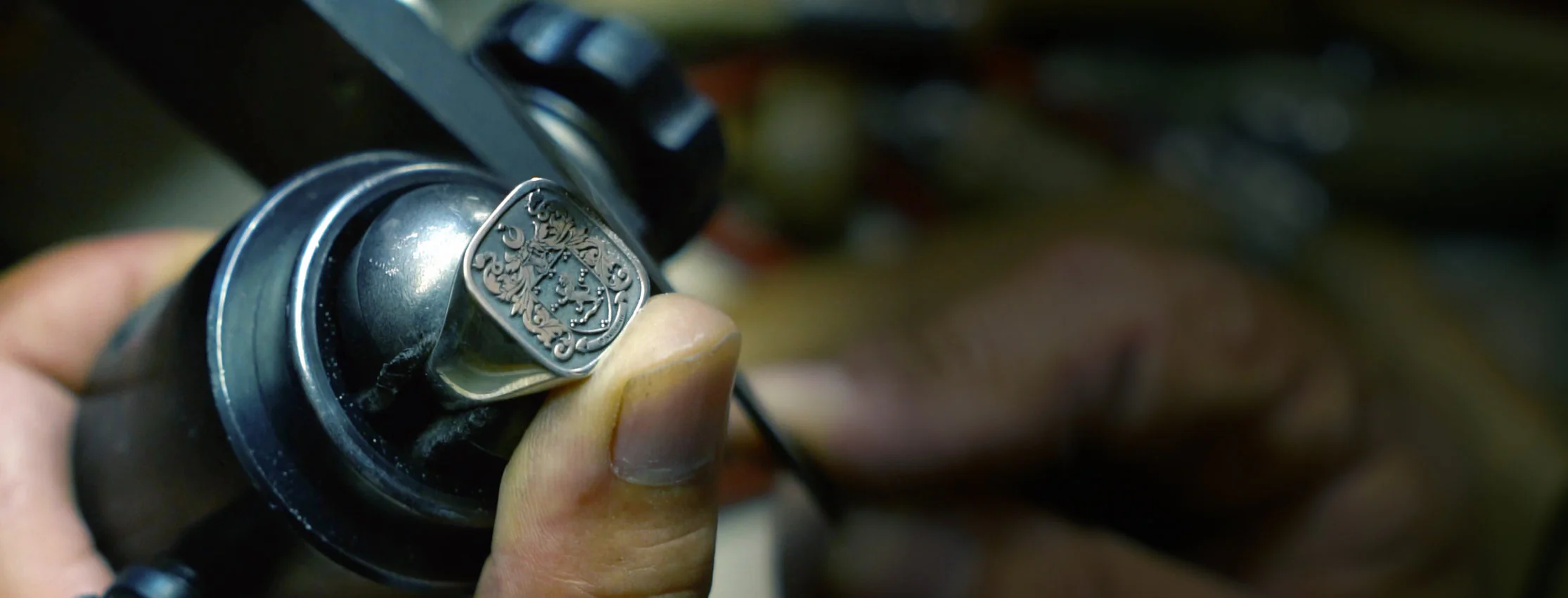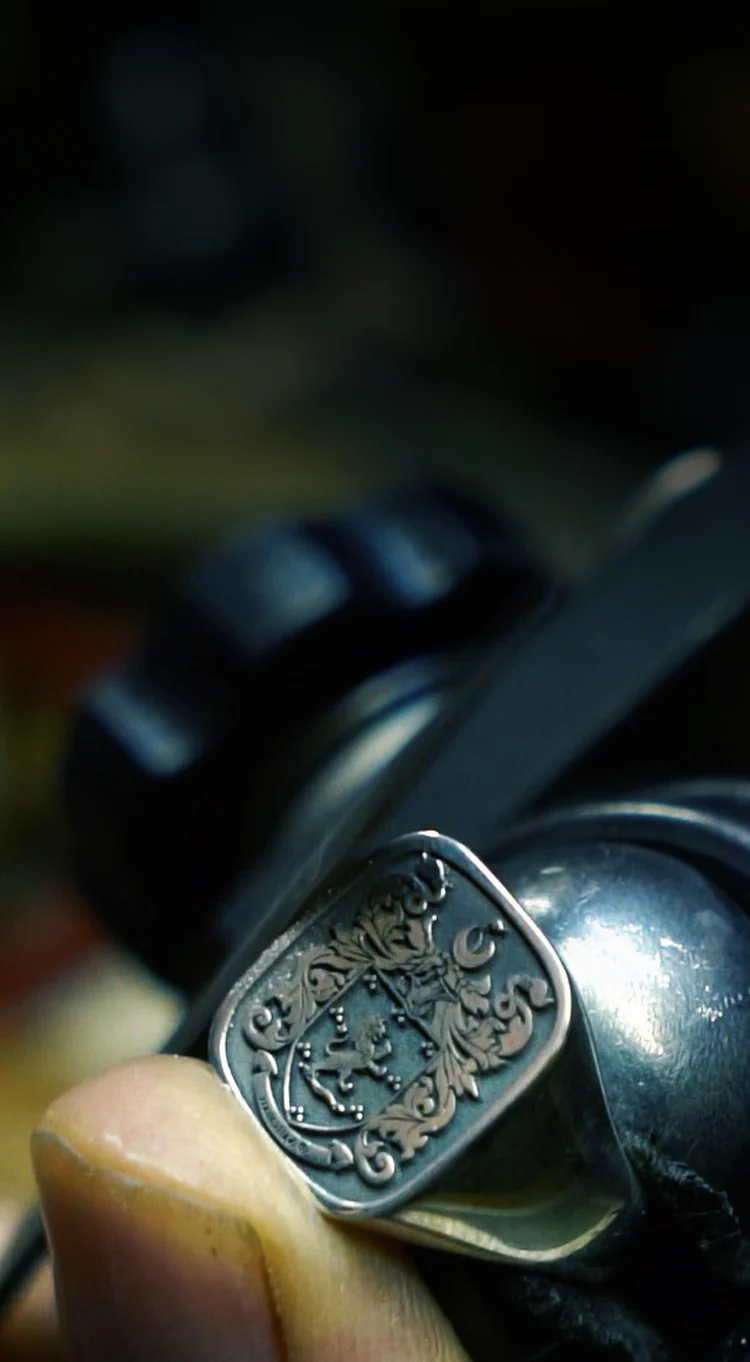

The symbolism of heraldry
 Heraldry has used a language supposed to have symbolic meaning but very often this meaning existed only in the minds and imagination of 16th and 17th century writers. This symbolism was the product of the natural history of the Middle Ages which sprang from an over reliance on studying the works of Aristotle and Pliny through the medium of bad translations and uncertain texts which often produced views that would have amused those great authors.
Heraldry has used a language supposed to have symbolic meaning but very often this meaning existed only in the minds and imagination of 16th and 17th century writers. This symbolism was the product of the natural history of the Middle Ages which sprang from an over reliance on studying the works of Aristotle and Pliny through the medium of bad translations and uncertain texts which often produced views that would have amused those great authors.Only occasionally can the specific origin of a charge on a coat of arms be ascertained with certainty. One example where the true original meaning of a coat of arms can be deduced is that of the arms of Lord Stourton, see below. The description of these arms is Sable a bend or between six fountains proper. The fountain in Heraldry is very different to a real fountain. There is a charge known as a roundel, a plain circle, an Heraldic fountain is a roundel with wavy lines in blue and white signifying water and is describes as barry wavy argent and azure. The fountains can be seen in the illustration of the Stourton arms below. The name Stourton is a locative name, derived from the place name where the family had their property, situated in Wiltshire in England. The manor of Stourton derives it’s name from the River Stour and the source of the river is the six wells found in Stourton Park. The six fountains of the Stourton Arms are borne to signify six springs, from which the river Stour has it’s beginnings. Three of the springs were inside the park and three were outside and we see that in the coat of arms the six fountains are divided into equal numbers by the bend.
The origins of many of the oldest heraldic charges which are known has been lost in the mists of time. In the instances we can trace the meaning of early coat of arms, it can be seen that frequently the origin of the arms is not something grand and heroic but quite prosaic and ordinary. The family of Gorges, one of the greatest in English Medieval History, bears a whirlpool in it’s coat of arms. The reason is a play or pun on the name, known in Heraldic parlance as “Canting”.

The Arms of Stourton
A large number of the earliest devices that appear on coats of arms were adopted for the express purpose of their having some allusive association with the name of the bearer. Such devices are known as “ canting” in heraldry. In accordance with the principles and aim of primitive medieval Heraldry, and in harmony with the sentiments and requirements of the age in which it developed into a science, devices of this kind addressed themselves in very plain and expressive language to the men of their own era. In them they recognized a kind of symbolic writing that they could easily remember and understand. They obviously also liked the quaint style of suggestiveness that was characteristic of these allusive devices. Such devices have never ceased to be in favor with Heralds and lovers of Heraldry. They were used in the sixteenth century just as frequently as in the thirteenth, but as would be expected, in the later period they often became complicated, far-fetched, and extravagant.
Among early English Coat of Arms we find some fine examples of canting. In the time of Henry III ( 1207-1272) G. de Lucy has on his arms three lucies – fish now known as pike. Robert Quency has a quintefoil -a five leafed flower. Thomas Corbet has two corbeaux – ravens. A. de Swyneburne has trois testes de senglier– three wild boars heads ( swine). Sir R. de Escales has six escallops – shells. Sir G. de Trompintoun of Trumpington, near Cambridge has two trompes – trumpets. Also the Spanish Province of Castille y León has a lion and a castle. Falconer has a falcon, Forester has bugle horns. In Ireland, the family name Griffin has a Griffin on their coat of arms.



Augmentation, or augmentation of honor, is a term describing the addition to a coat of arms at a later date to the original granting of the arms. This augmentation is usually granted by a sovereign to commemorate worthy or illustrious deeds. These augmentations usually take the form of an escutcheon ( a smaller shield within the arms), a canton ( a square in the top left of the arms), or an additional charge to the arms. An example of this is the Lane coat of arms. In memory of the devoted courage and all-important services of Jane Lane, after the disastrous battle of Worcester in 1651, King Charles II, granted an augmentation to the Lane coat of arms. The augmentation was a canton with the arms of England, three lions. The Lane coat of arms was per fesse or and azure, a chevron gules between three mullets counterchanged.
While most augmentations are simple as in the example above, there are also examples of over the top additions to arms such as that of the arms of Ross, image above. The original arms, Gules three estoiles in chevron between as many lions rampant argent was changed with the addition of a chief containing a portion of a globe of the earth, the globe is positioned exactly as the place of the magnetic pole in latitude 70°5’17”, and longitude 96°46’45”, west. There are two crests, one of which is a rock with a flagstaff flying the union jack inscribed with the date June 1st 1831, when the magnetic pole was discovered by Sir John Ross. After the augmentation the following was the new blazon of arms, far from simple !
Gules, three estoiles in chevron between as many lions rampant Argent;
[for augmentation] a chief Or, thereon a portion of the terrestrial globe Proper, the true meridian described thereon by a line passing from north to south Sable, with the arctic circle Azure; within which the place of the magnetic pole in latitude 70°5’17”, and longitude 96°46’45”, west, designated by an inescutcheon Gules, charged with a lion passant gardant of the First; the magnetic meridian shewn by line of the Fourth passing through the inescutcheon with a correspondent circle, also Gules, to denote more particularly the said place of the magnetic pole; the words following inscribed on the chief, viz., “Arctæos Numine Fines”.
Crest: Two helms.
Dexter: Over a downward pointing floating compass the Union Jack inscribed “1st June 1831″ fesswise.
Sinister: A fox’s head erased proper [for "Ross"].
Motto: Spes Aspera Levat – ” hope lightens difficulties”
Back to menu
Shop Our Products


-
-
Bring Your Idea to Life
Start with a personalized consultation, sharing your vision and preferences with our expert design team. With over 20 years experience we have the knowledge and craftsmanship to create a unique piece of jewelry that will be cherished for generations to come.
Join Thousands Preserving Their Legacy Through Custom Jewelry
Sign up for exclusive offers, design inspiration, and early access to limited releases.